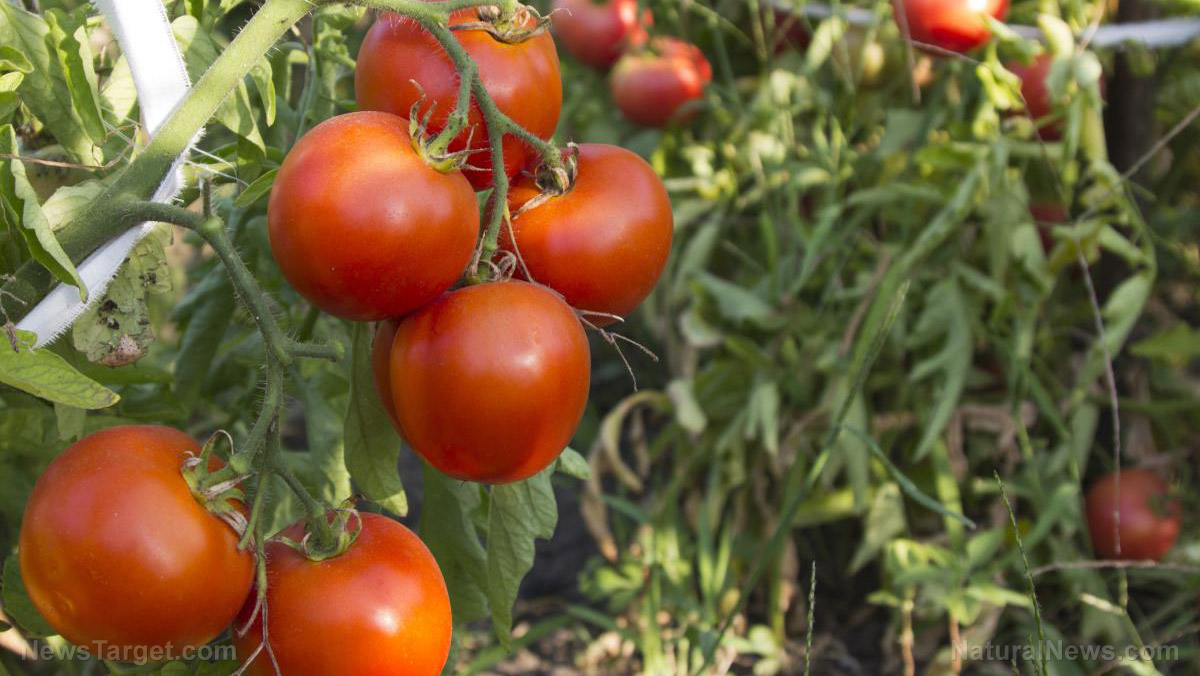
Advertisement
Knowing how to prevent tomato blight and blossom rot is key to growing healthy tomatoes in your home garden. These diseases won’t just harm your tomato plants, they can also create more problems in your garden. Plants weakened by diseases can attract more pests, and this can eventually destroy more of your crops.
To keep your home garden in good condition, learn how to spot the first signs of tomato blight and blossom rot and prevent them from spreading to your other plants.
What’s the difference between tomato blight and blossom rot?
Tomato blight is a fungal, soil-borne disease that kills plants by destroying their foliage. Infected plants will develop black spots on their leaves that will eventually spread over the entire plant. If left unchecked, blight can destroy your whole harvest.
Blight spreads through spores that grow in the ground. Spores can overwinter and survive for years in your garden soil.
Blossom end rot isn’t a disease but a condition that occurs when there isn’t enough calcium in the soil. When tomato plants develop blossom end rot, a small black spot appears on the ends of tomatoes. The fruits then rot before they can mature.
Keep your crops healthy to prevent tomato blight and blossom rot
Crop rotation can help prevent both tomato blight and blossom end rot. You can protect your tomatoes with crop rotation, especially if you plant the right crops in a certain order.
Tomatoes are susceptible to soil-borne disease. They are also heavy feeders of soil nutrients. When calcium in the soil is depleted, your plants may be affected by blossom end rot.
When you plant the same crops repeatedly in the same location, the soil eventually loses valuable nutrients like calcium. Garden soil is also more likely to become infected with spores that cause blight.
To prevent this, rotate your crops yearly. This works because a new space in the soil means less chance of blight spores being present. This also ensures that calcium in the soil isn’t totally depleted by the previous year’s crops.
Don’t grow tomatoes in the same space for at least three years. When growing potted tomatoes, replace the soil every year.
Rotate tomatoes with the following crops:
- Legumes can be grown in a plot after you grow tomatoes. Beans, peanuts and peas will help restore nitrogen in the soil depleted by the previous season’s tomato crop.
- Cruciferous crops like broccoli, Brussels sprouts, cabbage, cauliflower and kale need lots of nitrogen from the soil, so plant them after legumes. Cruciferous crops will then leave phosphorus in the soil for the next season’s crops.
- Root crops like beets, carrots and radishes can be planted before the season you plan on growing tomatoes because these plants will enrich the soil with potassium. It’s best to plant root crops after cruciferous veggies because they will benefit from extra phosphorus in the ground.
- Cucurbits like cucumbers, pumpkins and squashes can be included anywhere in your crop rotation schedule.
How to prevent blight and blossom rot
You can also follow these tips to keep your plants healthy:
Preventing blossom end rot
Compared to tomato blight, blossom end rot is easier to manage. Aside from crop rotation, adding a bit of calcium and additional nutrients at planting time should be enough to solve the issue.
When planting, always mix in a shovel or two of compost in the planting hole of each crop. Compost is naturally full of nutrients that will help plants grow strong.
For best results, add three to four crushed eggs shells in the planting hole along with the compost. The shells will break down in the soil and release calcium to the tomato plants’ roots.
Finally, mix in 1/4 to a 1/2 cup of worm castings in the hole to boost the nutrients in your garden soil.
Preventing blight
Blight requires some additional steps to keep your tomato plants healthy. Aside from crop rotation, you should try other methods to keep your plants safe.
As the plants grow, keep the bottom of each plant trimmed up to at least 6? above the soil line to let light and circulation into the plant. This will make it harder for spores to infect leaves. Good air circulation is also crucial to preventing mold on plants.
Prune back any foliage that shows signs of blight or disease immediately. Keep infected or diseased branches away from your compost pile.
When it rains or when you water your garden, spores can splash up and settle on plant leaves. You can address this with mulching, which helps reduce or eliminate that problem. Use several inches of straw, shredded leaves, or grass clippings around plants.
Finally, clear out tomato plants and all crops at the end of each growing season. Allowing old plants to over-winter can cause disease and insect problems that will wreak havoc in the garden soil.
Once your crops are done producing, pull them up by the roots. Do not compost tomato plants to prevent any infected parts from passing on diseases. If possible, burn discarded plants in a fire pit to kill off spores, bacteria or insects.
Keep your tomatoes healthy by rotating your crops and using mulch.
Sources:
Advertisements







